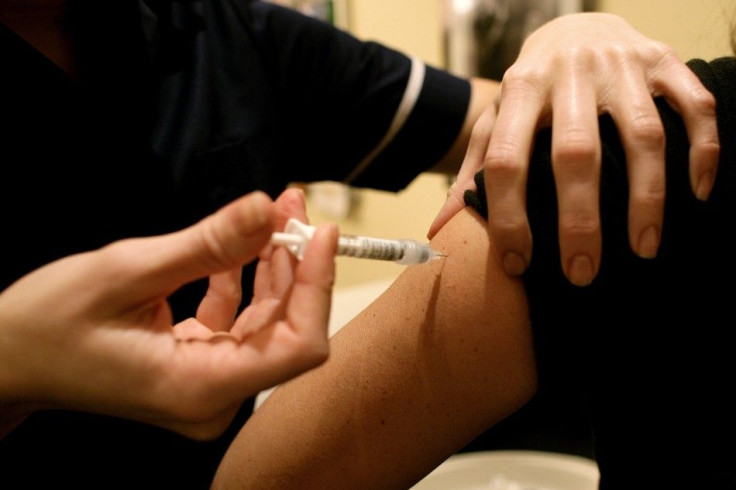Chickenpox Vaccination And Shingles May Not Be Linked: What Is Responsible For The Rising Rates Of Shingles?

One out of every three people in the United States will develop shingles at some point in their life, usually during recovery from chickenpox, the Centers for Disease Control and Prevention (CDC) reports. A research team headed up by medical epidemiologist at the CDC, Dr. Craig Hales, found that the vaccination used to treat chickenpox, also known as the varicella vaccine, has not led to more people developing shingles.
"We really don't know why about one-third to one-quarter of people who've had chickenpox go on to develop shingles over their lifetime while others don't," said Dr. Hales. "We thought perhaps that might explain the rise, but we selected for people who didn't have any diseases or take any medications that suppress the immune system, and we still saw an increase in shingles."
According to the CDC, shingles and chickenpox are both caused by the varicella zoster virus which stays dormant in the body after the person recovers from chickenpox. Although shingles is also known as zoster or zoster herpes, varicella zoster virus does not cause genital herpes. People with already weakened immune systems and those who have recently undergone an organ transplant procedure are at a higher risk of developing shingles.
Dr. Hales and his colleagues from the CDC analyzed the medical background of 2.8 million people who were over the age of 65 using Medicare claims from 1992 to 2010. While the annual rates of shingles cases increased by 39 percent over the course of 18 years, the amount of cases reported after the introduction of the chickenpox vaccination program were not enough to establish a data point.
"The chickenpox vaccine program was introduced in 1996, so we looked at the incidence of shingles from the early 1990s to 2010, and found that shingles was already increasing before the vaccine program started," Dr. Hales explained. "And as immunization coverage in children reached 90 percent, shingles continued at the same rate."
As people get older they are more likely to be affected by shingles, even though children can still develop the disease. Around half of all shingles cases occur in men and women who are over the age of 60. A person’s chance of developing shingles twice in their lifetime is rare, but certain cases have been reported. Even after the rash from shingles clears up, the patient is still at risk to certain complications that can persist for weeks, months or even years, HealthDay reported.
The most common side effect from shingles is postherpetic neuralgia (PHN), a condition characterized by severe pain in nerves close to the area where the rash was located. The older the person is the more likely they are to suffer from PHN. Half of the people over the age of 60 who do not receive treatment for shingles will develop PHN.
Harpaz R, Joesoef R, Bialek S, Hales C. “Examination of Links Between Herpes Zoster Incidence and Childhood Varicella Vaccination.” Annals of Internal Medicine. 2013.
Published by Medicaldaily.com



























